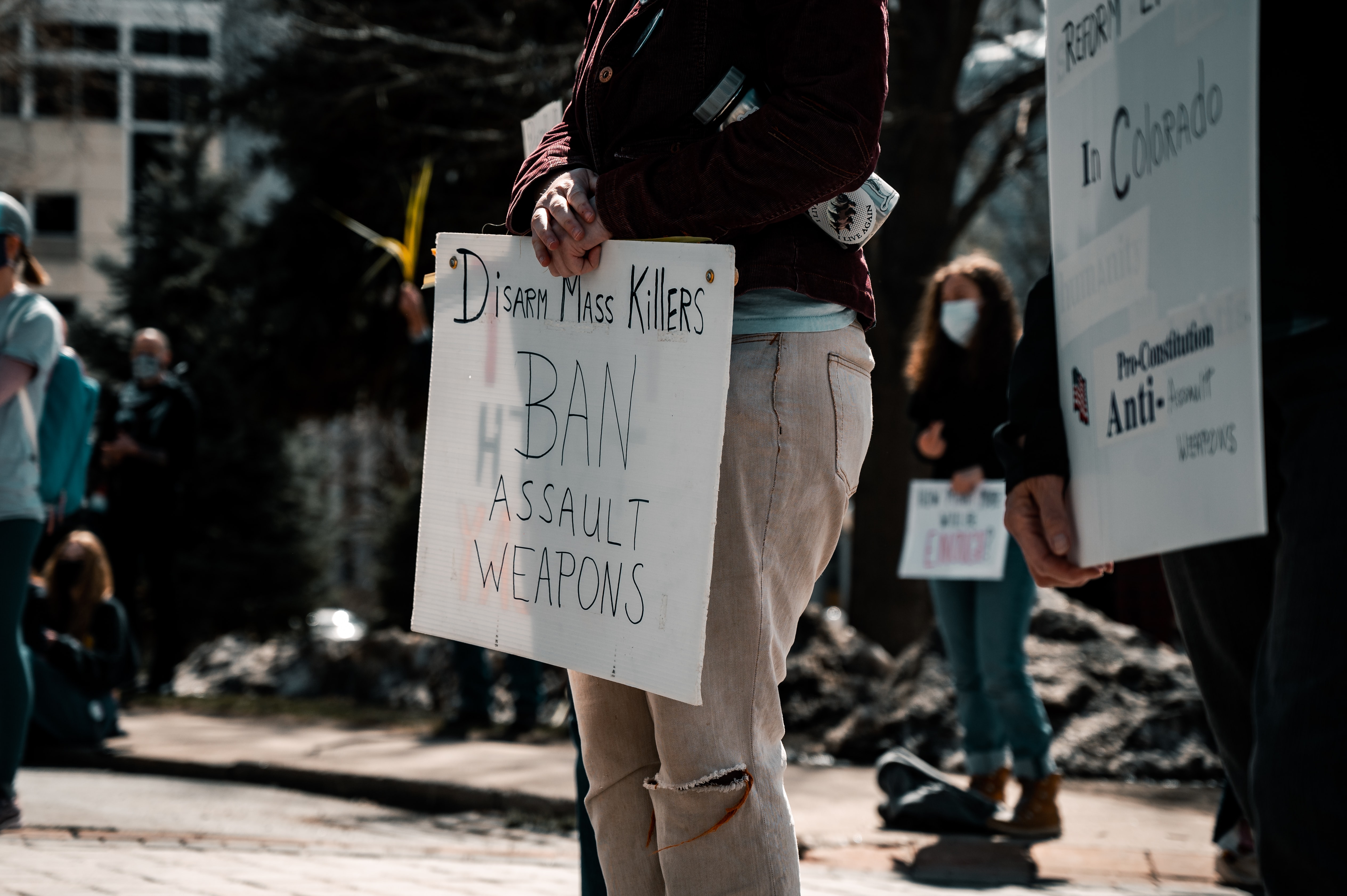Buffalo shooting ignites a debate over the role of genetics researchers in white supremacist ideology
By Megan Molteni,
STAT
| 05. 23. 2022
Photo by Colin Lloyd on Unsplash
The 18-year-old gunman suspected of carrying out a racist attack that killed 10 and injured three people in Buffalo, N.Y., last weekend left no questions about why he drove 200 miles to a supermarket in a predominantly Black neighborhood and opened fire. A 180-page document he allegedly posted online detailed the white supremacist ideologies that motivated his plan to target and murder Black Americans.
But for the genetics researchers who discovered their work cited in the screed as justification for the bloodshed, there are only questions — how did this happen? Could we have done more to prevent it? And what needs to change to stop it from happening again?
“I’m horrified,” said Daniel Benjamin, a behavioral economist at the University of California, Los Angeles, and co-founder of the Social Science Genetic Association Consortium (SSGAC). Formed in 2011 and funded in part by the National Institutes of Health, the group aims to find links between genes and outcomes that interest social scientists. Beginning in 2013, they began to publish a series of bigger and...
Related Articles
By Pam Belluck and Carl Zimmer, The New York Times | 11.19.2025
Gene-editing therapies offer great hope for treating rare diseases, but they face big hurdles: the tremendous time and resources involved in devising a treatment that might only apply to a small number of patients.
A study published on Wednesday...
By Emily Glazer, Katherine Long, Amy Dockser Marcus, The Wall Street Journal | 11.08.2025
For months, a small company in San Francisco has been pursuing a secretive project: the birth of a genetically engineered baby.
Backed by OpenAI chief executive Sam Altman and his husband, along with Coinbase co-founder and CEO Brian Armstrong, the startup—called...
By Jessica Hamzelou, MIT Technology Review | 11.07.2025
This week, we heard that Tom Brady had his dog cloned. The former quarterback revealed that his Junie is actually a clone of Lua, a pit bull mix that died in 2023.
Brady’s announcement follows those of celebrities like Paris...
By Emily Mullin, Wired | 10.30.2025
In 2018, Chinese scientist He Jiankui shocked the world when he revealed that he had created the first gene-edited babies. Using Crispr, he tweaked the genes of three human embryos in an attempt to make them immune to HIV and...




